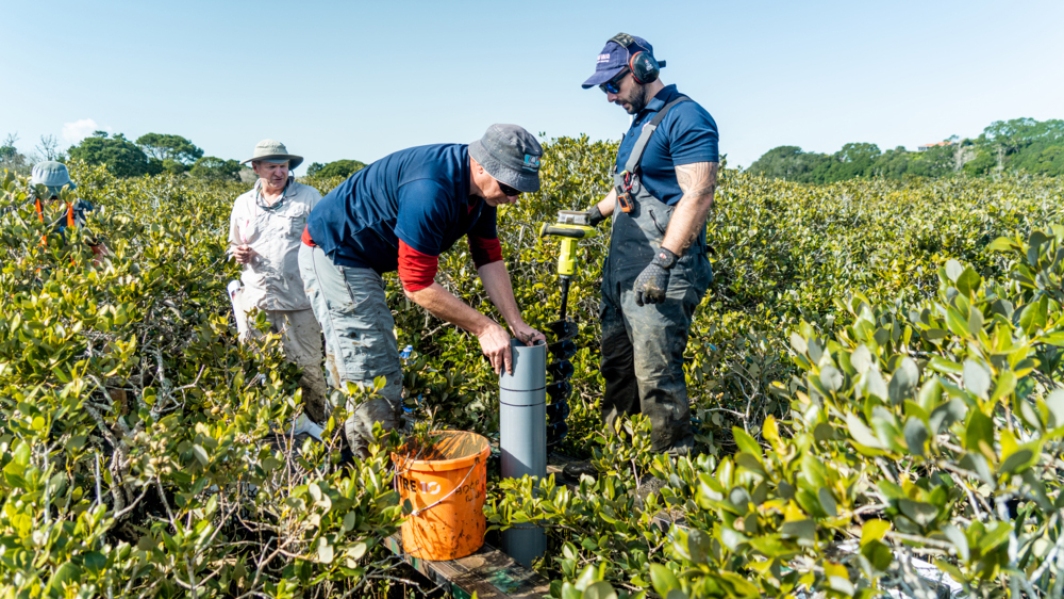-
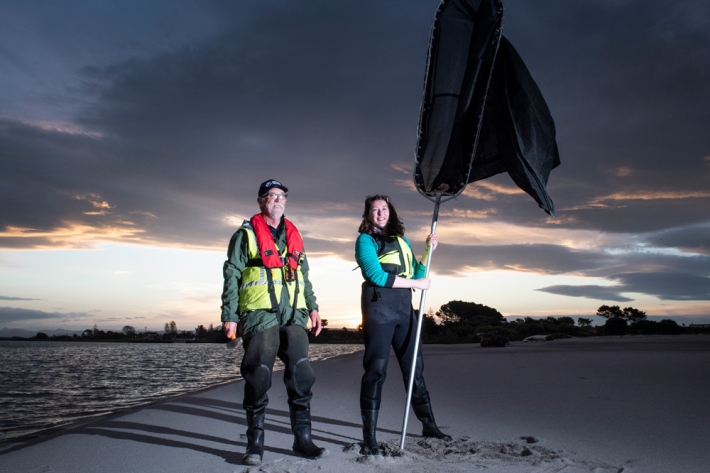
Unlocking the mysterious marine life of eels
Feature story01 February 2020Tiny, translucent eels may hold the answers to one of the fish world’s great mysteries. Zen Gregor investigates. -
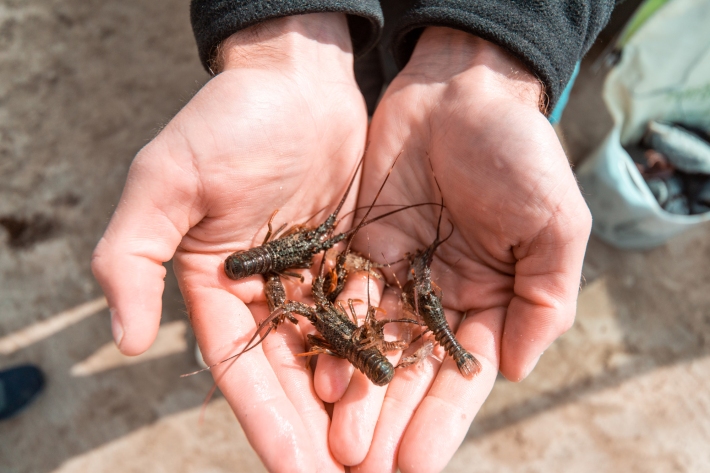
Epic spiny red rock lobster
Feature story06 January 2020Sam Fraser-Baxter heads to the Wairarapa for one of New Zealand’s longest-running marine surveys – counting baby lobster. -
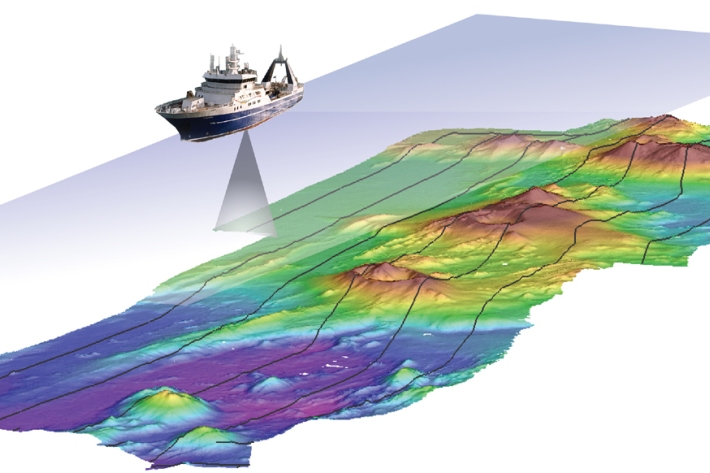
Scientist pieces together details of underwater landslides
Media release28 November 2019New information about landslides that occur on the seafloor off New Zealand’s east coast will help scientists better understand why and where they happen, and the types of threats they pose. -

‘Blooming heck’ - Microalgae feature in latest biodiversity memoir
Feature story30 October 2019A group of microscopic algae that form vast aquamarine blooms off the east coast is the subject of NIWA’s latest Biodiversity Memoir -
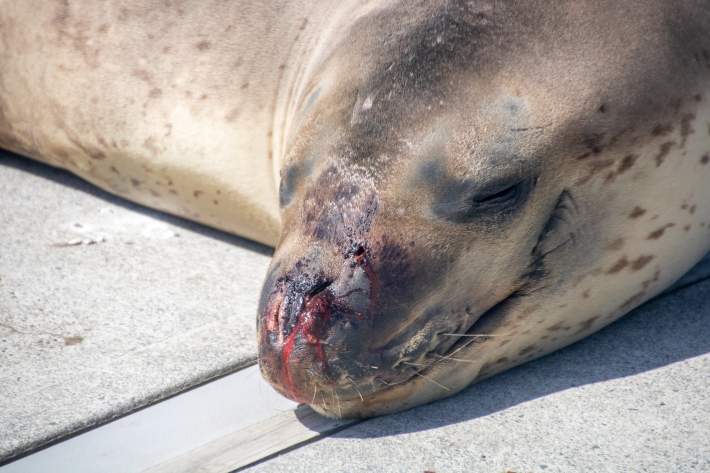
Leopard seal Owha injured in Auckland Harbour
Media release28 October 2019Researchers are keeping a close eye on Owha, the leopard seal that has made Auckland Harbour her home, after she was seen bleeding from her face on Saturday morning. -
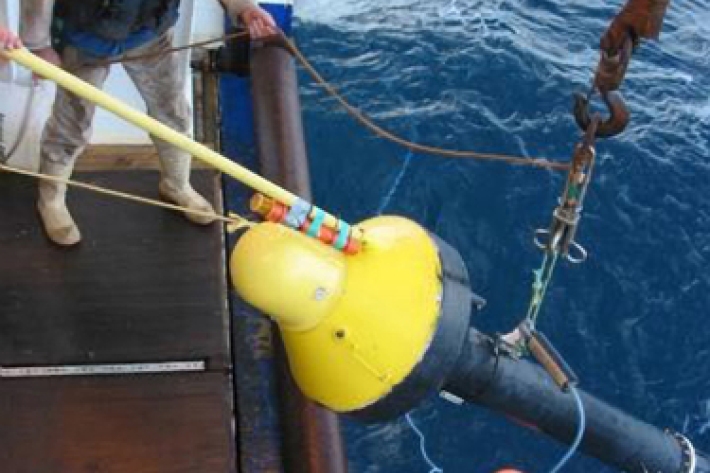
Planning an ocean observation network
Media release03 October 2019New Zealand’s changing ocean environment has prompted the call to develop a system that will keep closer tabs on information from scientific monitoring buoys so the data they produce can be shared as widely as possible. -
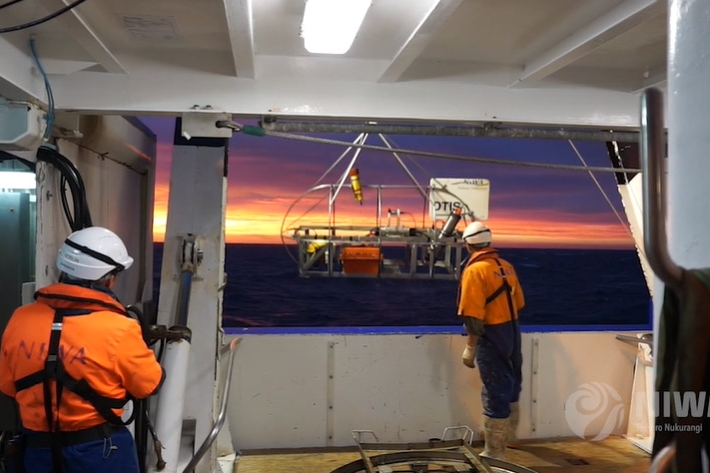
Methane seep research bubbling along
Media release10 September 2019A chance discovery off the Gisborne coast five years ago is prompting a NIWA scientist to find out more about the link between a field of methane seeps bubbling out of the sea floor and submarine landslides. -
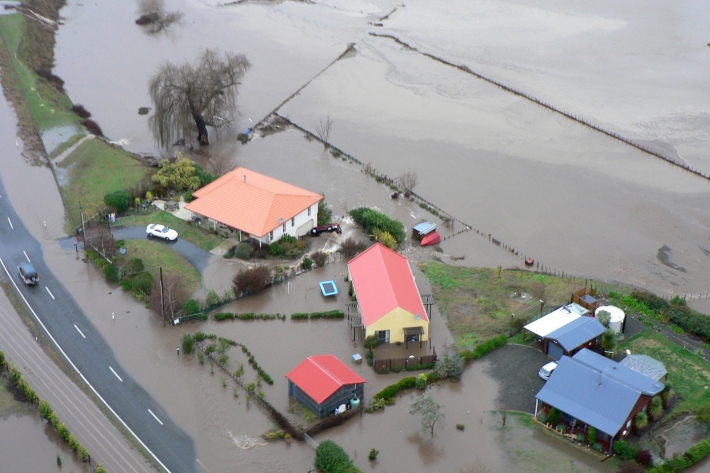
New reports highlight flood risk under climate change
Media release21 August 2019Two reports released today by NIWA and the Deep South National Science Challenge reveal new information about how many New Zealanders, how many buildings and how much infrastructure could be affected by extreme river and coastal flooding from storms and sea-level rise. -
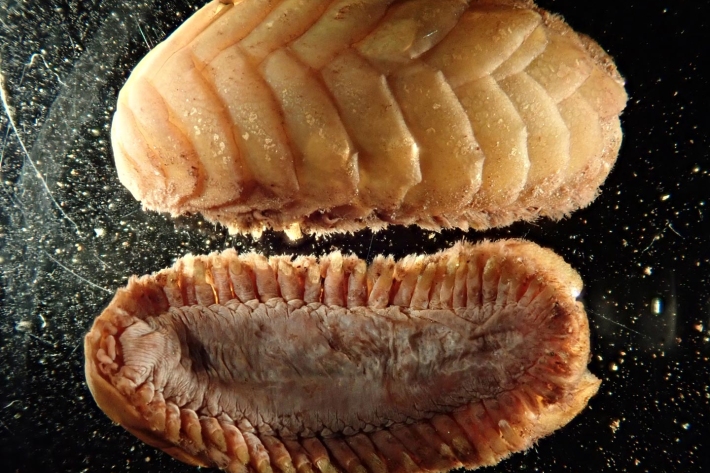
Eyeless worm a window into our diverse ocean
Media release13 August 2019A worm that feeds on bacteria and has no eyes is one of the standout stars of almost 600 unfamiliar and potentially new ocean species identified at NIWA in the past year. -

Suspended sediment dynamics in New Zealand Rivers
Research ProjectImpacts of catchment characteristics on the timing of sediment delivery during runoff events. -

Braided river morphodynamics and invasive exotic vegetation
Research ProjectBraided rivers are an arena where woody weeds and floods are in constant competition with each other.
Braided rivers naturally flood frequently, repeatedly mobilising their bed sediments and shifting their multiple channels. -
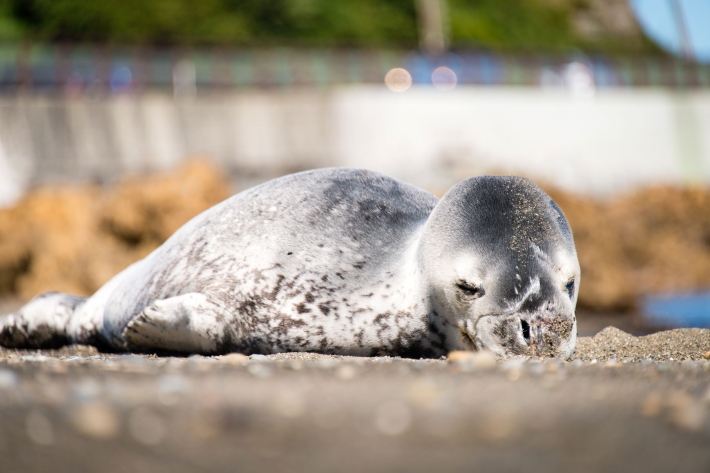
Owha and her friends awarded citizenship
Media release27 May 2019New Zealand’s newest citizens like the solitary life, have leopard-like markings, and can each weigh up to 600kg.

